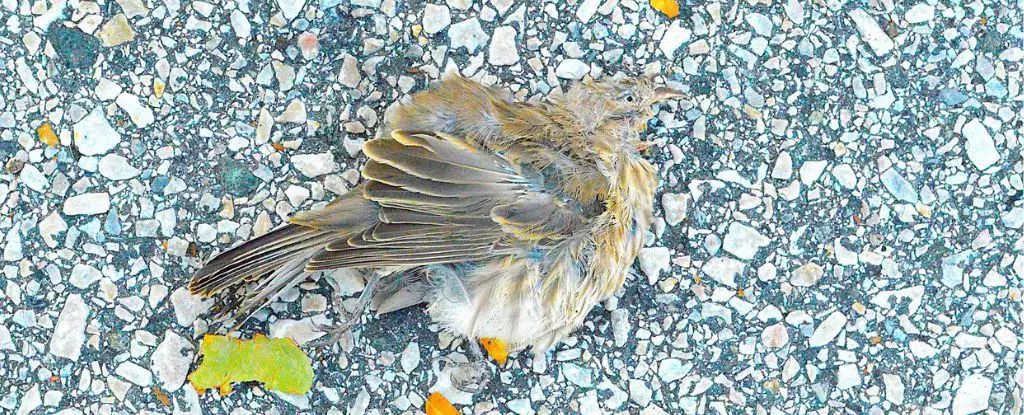City residents are not exempt from the risks posed by the current bird flu outbreak sweeping across the United States. According to the New York City Virus Hunters (NYCVH) Program, a small number of birds in the urban environment have been found to carry a highly contagious strain of avian influenza. This revelation is a cause for concern for residents, especially those with pets. Researchers have collected bird poop samples from different parks and green spaces in New York City, revealing that various bird species, including a red-tailed hawk, three Canada geese, a peregrine falcon, and a chicken, have tested positive for the virus.
While the presence of bird flu in New York City presents a low risk to humans and pets, caution is still advised. Microbiologist Christine Marizzi from the Icahn School of Medicine at Mount Sinai emphasizes the importance of staying vigilant and avoiding close contact with wildlife. This includes preventing pets from interacting with wildlife, as they can also be vulnerable to the virus. The close proximity of migrating wild birds to the dense human and pet population in the city creates an urban animal-human interface that may facilitate the spread of infectious diseases.
Although there have been no reported cases of humans contracting avian influenza in New York City, a recent incident in Texas where a farm worker fell ill after exposure to a sick cow raises concerns about mammal-to-human transmission. The World Health Organization (WHO) has noted a limited number of cases globally where humans have contracted the flu from birds, with the Texas case marking a significant development. WHO officials are particularly wary of the H5N1 virus’s potential to cause severe illness in humans, given its history of high fatality rates. The bird flu outbreak in the US has already spread to a variety of wildlife and domestic animals, underscoring the need for heightened surveillance and preventive measures.
The current avian flu outbreak is not limited to the United States, as it has become a global zoonotic animal pandemic, according to WHO. The transmission of the virus to a wide range of animals, including wild foxes, raccoons, possums, skunks, seals, leopards, bears, mountain lions, bobcats, cattle, goats, and even domestic cats and dogs, highlights the interconnected nature of this public health threat. The recent case of a dairy farm where twelve cats died from consuming bird flu-contaminated cow milk illustrates the potential risks associated with the virus. Understanding the prevalence of avian viruses in urban areas like New York City is crucial for both wildlife and human health, emphasizing the need for ongoing surveillance and research efforts.


Leave a Reply